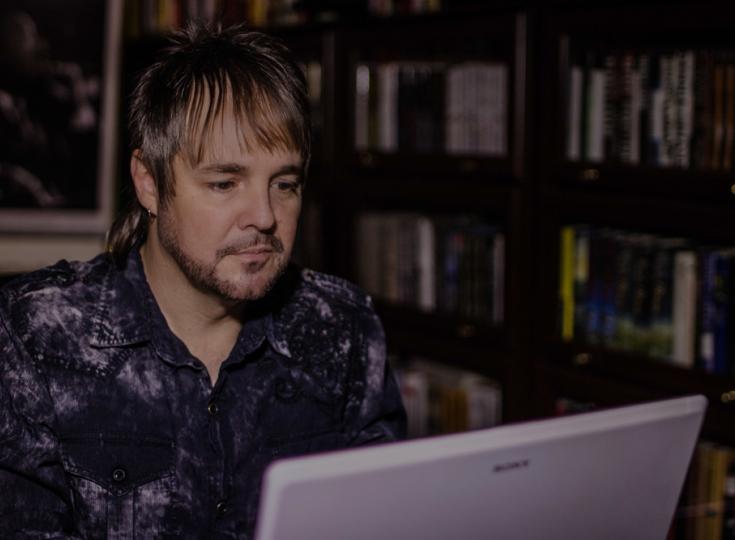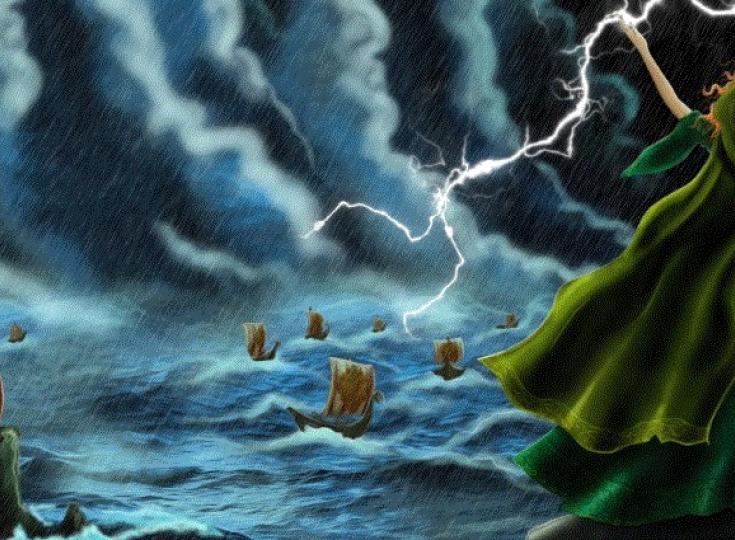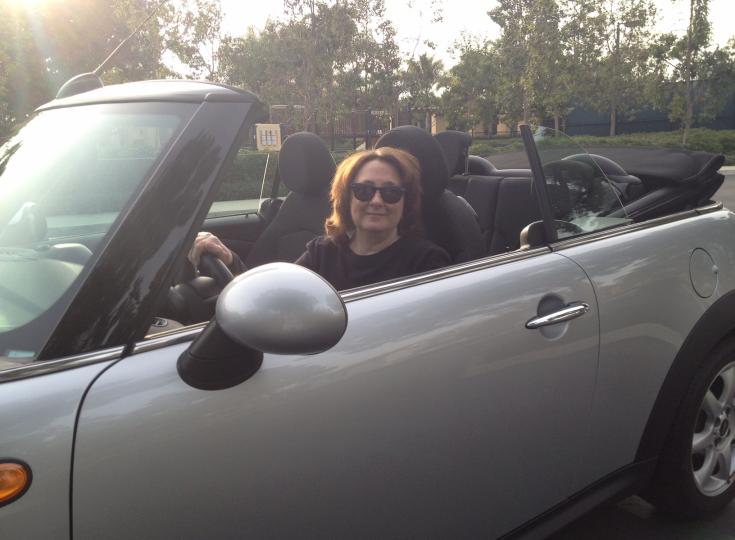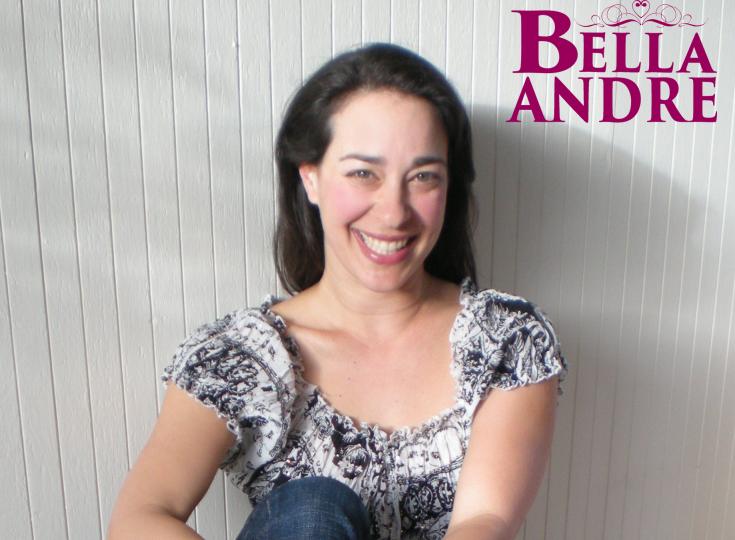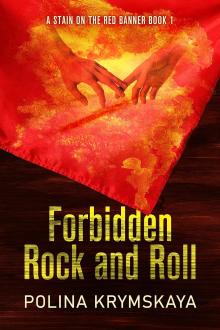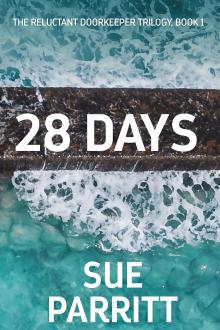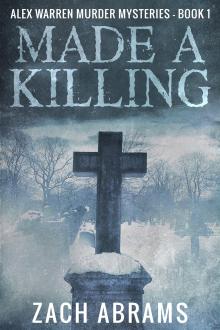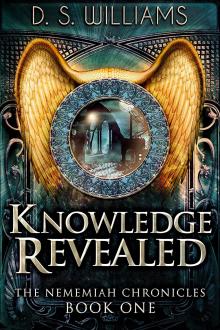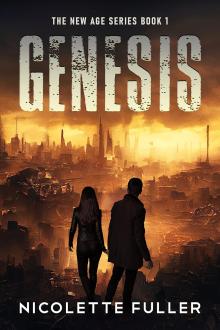Lee Hudspeth - An Entrancing Poetry Collection
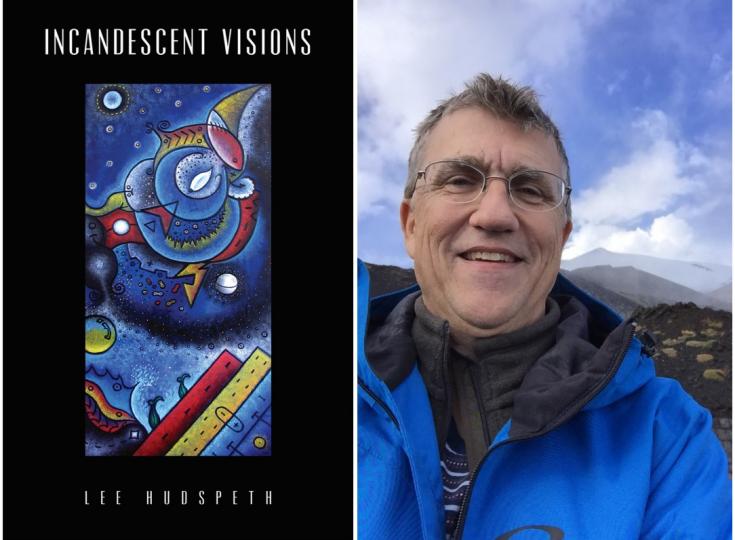
Lee Hudspeth is a poet, writer, musician and fellow human being. Incandescent Visions is his first book of poetry. He is the co-author of ten nonfiction books in the field of Information Technology. He has written articles for professional journals like PC Computing and Office Computing. He is the author of over one hundred articles in the online magazine The Naked PC, which he co-founded and co-published. He lives in Southern California with his wife, two sons and their cat. As our Author of the Day, he tells us all about his latest book, Incandescent Visions.
Please give us a short introduction to what Incandescent Visions is about.
Exploring the nature of creativity is a major theme of this poetry collection. Where does creativity originate? Does it change over the course of our lives? I explore nostalgia, how our experiences shape our lives, and our place in the cosmos. I’m intrigued by our ability to think about thinking (metacognition), and to change our habits and even how we view the world. By including Chapter Prologues and, in the Afterword, notes about two of the longer poems, I hope to tell a story about my experiences and thoughts and highlight how human imagination, inspiration, meaning and celebration can triumph over the challenges we all encounter.
What inspired you to write a book of poetry?
Several years ago I was considering the question, “How can I be more creative?” I had put in three decades of full-time work and wanted to reignite my fascination with art and creativity, and dive into my “second act.” I found some quiet time, let my imagination roam, and wrote myself a letter describing those imaginings. Some of my aspirations were to do more creative writing, play more music and professionally record original music. My next step was to write haiku for relatives on their birthday cards. Then I wrote several longer poems and began diligently keeping a poetry and music journal. One day I assembled all my poems and realized that I had the essence of a poetry book in my hands, which evolved into this book.
Your work features interesting locations - from the shores of the Mediterranean to deep space. Why did you take this approach?
Half-way through writing this book, my family and I traveled to Italy. The weather was perfect; we made some wonderful new friends at a seaside hotel near Naples; and of course Italy offers an inspiring variety of art, architecture, culture and history. Three of the book’s first four poems were written there: “The Point of Four Winds,” “Exquisite Ercolano” and “Farewell Italy.” The trip is a touchstone in my life because it coincided with my decision to begin a “second act” and be more creative. References in my poems to physics, cosmology and other science fields are a nod to my fascination with science—cosmology in particular. As a young boy I loved science fiction novels, movies and TV shows, and that curiosity about space does occasionally appear in my poetry.
What is your personal favorite poem in this collection and why?
I have several favorites but right now it’s “Exquisite Ercolano.” This poem IS a moment in time. I’m attempting to describe several simultaneous experiences: making new friends, being inspired by newly-discovered music, human kindness, the essence of language and how it affects us emotionally, the primal smell of the sea and feel of the wind, and the ineffable feeling of being “present” exactly at the moment of a monumental shift in my life. The poem is a celebration of being alive. I’m fond of the way my vocabulary choices create vivid images that hopefully convey my sense of wonder in that moment.
Besides writing, what other secret skills do you have?
I’ve been a guitar player for many decades... since I was a teenager. A friend and I recently wrote and recorded four original songs and released them as an EP called The High Road (under the band name The Porch Project). The lyrics of three of those songs are based on poems I wrote. You can listen on my website and major streaming and download platforms.
Tell us more about the cover and how it came about.
I was looking for an original painting for the cover. I saw some of Preston M. Smith’s paintings at an art show and I made a note of his name. I was initially a bit shy, but I summoned my courage and reached out to him. It turns out that he’s a poet as well as a prolific painter (among his many other talents), and we hit it off right away. He was open to either a commissioned piece or using an existing painting. When I came across his painting Elements and Dreamscapes I instantly knew I had found what I was looking for. It beautifully symbolizes my book’s themes—cosmology, reflection, perspective, curiosity, wonder, triumph over adversity, life’s journey... I’m honored that Preston’s painting graces the front cover, and to have made a friend too.
Why, would you say, is poetry so personal?
Whether traditional (with rhyming and meter) or free verse, poetry typically tells a story in a more indirect manner than prose fiction. Therefore, a poem’s content is more open to interpretation by the reader, and thus more personal to the reader. Whether the following is true academically for the work of other poets, I don’t know; but my words come from an internal personal “place” that does influence my poetry. I’m fascinated by that place—the wellspring of my creativity. I hope that my poetry encourages other people to explore the artist within themselves.
You also included some haiku in this book. Why did you take this approach?
For me, writing haiku began as a creative writing exercise and quickly blossomed into a deep appreciation for this elegant poetic form. I like the emphasis on a moment in time, and describing an event’s aspects that evoke feelings instead of directly describing the feelings themselves. It’s been said that a good haiku, when read aloud, should resonate like a chime. That appeals to the musician in me. I tend to be too verbose as a writer so I enjoy a poetic form that limits the syllable count.
This is your first book of poetry. What has the experience been like, so far?
The ten nonfiction books that I co-wrote earlier in my career were published by traditional publishers. At the time, self-publishing was rare. Times have changed. In 2018 when I decided to write a poetry book, I knew that with no prior poetry work to my name, it would be best to self-publish. That way I could control the book’s content, schedule, design, distribution, marketing and pricing.
Of the writing process, writing the poems was the easiest. The hardest part was putting the poems into a cohesive order with a narrative.
Of the design process, choosing the cover art was the easiest. The book design company was a pleasure to work with too, which made things go smoothly (shout-out to 1106 Design).
Of the marketing process, keeping track of my different marketing campaigns and ideas is the easiest part because I enjoy discovering new readers, learning new skills and analyzing data. However, marketing a book is a challenging, time-consuming process and is quite different from the process of creative writing.
Why did you title this book Incandescent Visions?
The title represents a theme of passionate curiosity and the yearning to express myself. I could not NOT publish these poems. This is true for artists who have a novel to write, a painting to paint, a song to sing and so on. Our visions long to be expressed, and those visions in turn have the potential to inspire others to be creative. I’m inspired by the creative work of other people. This exchange between artist and audience is powerful and compelling.
Lastly, the book’s physical appearance is the realization of something I imagined, so the title seems fitting for that reason too. While it was still a draft, I did a meditative “visioning exercise” to imagine what a printed copy of the book would look like. I pictured a hardcover, coffee-table style book with an original painting on the cover; an elegant interior design that wouldn’t compete with the poems themselves; and a tasteful amount of artwork interspersed among the pages. When I received the printed proofs, I had goosebumps and my jaw dropped. The physical book was exactly what I had imagined. Spooky entanglement!

To what degree do you believe authorial intent determines how a work should be interpreted?
The reader of a poem—or any piece of creative writing—is free to interpret those words for themselves. As the author, I don’t control the reader’s interpretation. I can, and do, guide them with hints and encoded messages woven into my written words. It’s fine for a poet to comment about their poems to describe and clarify what they mean to the author. But even in that case when armed with those explicit comments from the poet, a reader remains free to form their own interpretation.
What advice do you have for aspiring writers?
Be fearless. Express your voice—your inner creative self—without limits. Say “yes” to any opportunity, small or large, to share your writing with others. Be humble and simultaneously proud. Seek out fellow artists who share your fascination with creative potential and who strive to lift you up not knock you down or entrap you with jealousy and criticism. Support your creative colleagues and please remember to take care of yourself. Meaning, cut yourself some slack if you make a mistake. Transform what some might call a “failure” into a learning opportunity. Get up, dust yourself off and take another step forward on your unique, magnificent and irrepressible journey as a creative human being.
What are you working on right now?
Incandescent Visions was published around January 1st of this year and I continue to actively market it. I’m working on a second volume of poems. I’m applying the concept of “experimenting like a child” to these new poems. Basically, messing around with style, form, length, tone, subject matter, all of it, without thinking about it too much. I’m also working on shorter fiction—like flash fiction sci-fi—and trying to develop an idea for a novella. I have a blog and a newsletter that both focus on themes of artistic creativity, writing and self-publishing. I’ve got too much going on, so I need to find a balance between marketing this book and my new work.
Where can our readers discover more of your work or interact with you?
I enjoy communicating with my audience through my newsletter, blog and social media, and I always answer emails.
Website: https://leehudspeth.com/
Blog: https://leehudspeth.com/blog/
Email: [email protected]
Twitter: https://twitter.com/leehuds
Instagram: https://www.instagram.com/hudspethlee/
LinkedIn: http://www.linkedin.com/in/lee-hudspeth-44538512
Goodreads Author: https://www.goodreads.com/leehudspeth
Amazon Author: https://www.amazon.com/author/leehudspeth
